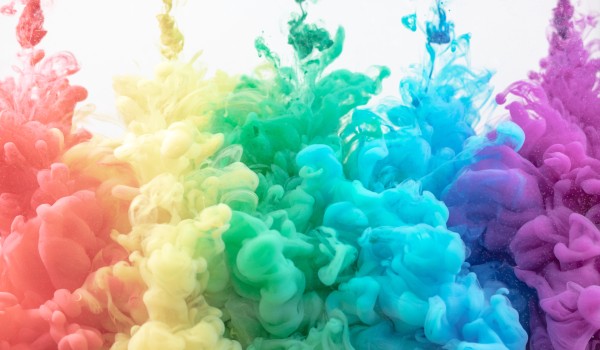Editor’s Note: Over the past year or so, issues of racism and discrimination have been much in the spotlight. This only helps to highlight the realities that some of our ESL students may be faced with day to day. The following is a piece written by a friend of SOCEM, an ESL teacher, about her personal views and experiences in this matter. It may not give many answers, but will help to personalize the matter and provoke thoughts.
As a third culture kid, I always struggled to find a niche. My dream was always to blend in. This went deeper than a teenager’s desire to fit in and find her place in her world: I literally didn’t want to stand out.
But no matter how much I tried, no matter how fluent my Spanish was, no matter how culturally relevant I had learned to become, I would always be Chinese first to my friends.
I must have been in my tween years. Our home’s dining room had wall-to-wall mirrors. And though I don’t remember the context of the meeting, I remember my mom holding the two palms of her hand to the two sides of my face. She forced me to look at myself in the mirror and asked me: “What do you see?” I got angry at mom and tried to brush her hands off my face. She persisted: “What do you see?” “What do you mean, mom?”
My mom then told me, in tears, that no matter what I did, and how much I longed to be ‘one of them’, my friends will always see me as someone different. To them, they will always see me as a Chinese friend. They will see my skin colour. At that moment, I realized a truth — a harsh truth. I began to find out more about my heritage, about my history, about China. To this day I remember my mom’s words.
And then I went to Hong Kong for a visit. I then experienced what it felt like to blend in in a sea of people who looked like me. It was a strange feeling. In a way, I felt even more lost. It was not what I was expecting. And that got me thinking: “What did I really think it would be like to truly blend in?” The fact is that skin colour could just be an appearance: as soon as I opened my mouth, people knew I was not really one of them. I can see it in their eyes. I can hear it from their tones. I leave feeling ‘less’.
And then I come to Canada. The land of immigrants. The land where people say it doesn’t matter what your colour is. And yes, on the whole, I feel freer here. I feel I have more room to be whoever I want to be. But that is not to say I don’t see colour. And seeing colour comes with consequences.
Growing up in South America I remember being mocked and teased while walking on the street for being Chinese (and female). I remember seeing how adults talked about being discriminated. I remember learning to defend yourself because you are a target. I knew that if something bad happened to you, you were at a disadvantage. I grew up praying that I would just be the few lucky ones that do not encounter many of these experiences…and vowed to never forget ‘my place’ in society and to not be shocked when and if it happened to me.
If you ask me what I’ve learnt over the years, I will say this: I will always see colour. The journey to see everyone as equal will be a life-long journey, because, after all, despite my own experiences, I, too, sometimes act negatively when I see colour. I, too, used to get scared when I saw a group of Black men on the street. I, too, would speak as a superior when speaking about other ‘cultures’. We need to dig inside and replace those bad roots with love and acceptance. We need to face the prejudices we have inherited and perhaps even nurtured over the years and work on listening and learning and changing.
I still crave to blend in sometimes. At the same time, I have come to realize — I actually don’t want to blend in. To blend in would mean a world with no colour (no pun intended), a boring world, a world with no creativity, no dialogue. A world without me. The world is better with colour. But we have to re-learn how to live in it without destroying, judging, antagonizing, calling names, and creating fear and separation.

